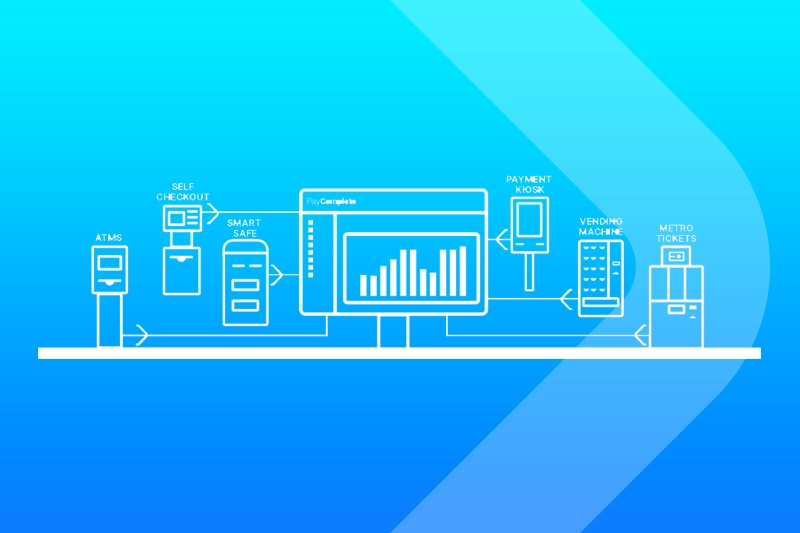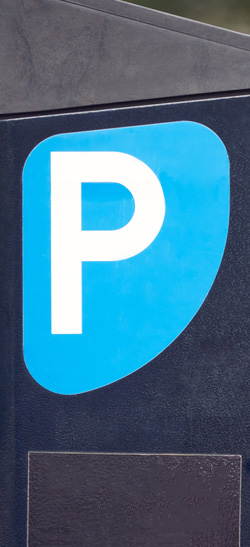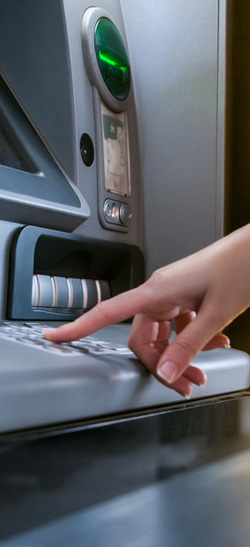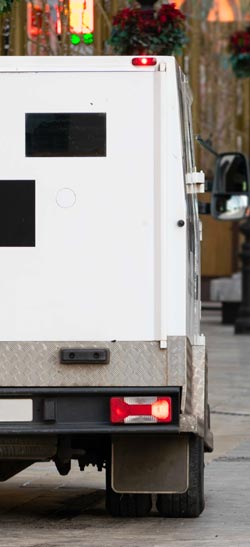Coin counting machines are widely used in banks, supermarkets, retail stores and other cash handling businesses to streamline the process of tallying up loose change.
While they can be convenient, their accuracy can vary depending on factors such as maintenance, calibration, and the condition of the coins being counted.
Many machines undergo regular calibration to ensure accuracy, but errors, particularly with foreign or damaged coins, can still occur.
Despite this, coin counting machines generally provide a quick and efficient way to convert spare change into cash or credit.
What is a Coin Counting Machine?
Coin counting machines (also known as coin counters) are automated devices that streamline the process of counting loose change. They offer customers a convenient method to convert their coins into cash or credit without manual effort.
Coin counting machines employ different methods to tally up coins accurately.
Some bigger machines rely on sorting and counting based on size and denomination, while smaller some machines weigh coins in order to count them. They use sophisticated technology like optical sensors and electromagnetic mechanisms to calculate it precisely.
How Accurate are Coin Counting Machines?
Several factors can influence the accuracy of coin counting machines. The accuracy of these machines in credit unions can vary, and non-members may face fees ranging from 3 to 9 percent.
They can include their type, maintenance, and the condition of the processed coins. Different credit unions may show variation in accuracy, and concerns about credit union fees are often raised.
Machine Type & Technology
- Mechanical vs Electronic: Mechanical machines might be less accurate than electronic ones, which use advanced sensors and counting mechanisms. These machines can handle various coin types, including dollar coins, half dollars, quarters, dimes, pennies, and nickels.
- Sorting Mechanism: Machines with sophisticated sorting mechanisms (e.g., weight-based, diameter-based, or advanced sensors) are typically more accurate.
Calibration & Maintenance
- Regular Calibration: The maintenance and calibration of the machine are essential to ensure for correct results. Regular calibration ensures the accuracy of the total value of the coins deposited.
- Maintenance Schedule: Proper and regular maintenance can prevent mechanical wear and tear that can affect efficiency.
Coin Condition
- Cleanliness: Dirty, sticky, or corroded coins can cause jams or miscounts.
- Wear & Tear: Worn-out or damaged coins may be counted wrong, affecting the machine’s overall accuracy.
Coin Specifications
- Denomination Recognition: The machine’s ability to accurately recognise and differentiate between various coin denominations.
- Foreign coins: Counting can be compromised if the machine encounters foreign coins not programmed into its recognition system.
Coin Throughput
- Speed: Higher speeds can sometimes reduce accuracy if the machine’s sensors are not able to process the coins fast enough. The machine calculates the total value of the coins processed, which can be affected by speed and volume.
- Volume: Machines designed to handle large volumes of coins might have enhanced features compared to those meant for smaller loads.
Software & Firmware
- Algorithm Efficiency: The counting algorithms used by the machine’s software can significantly impact accuracy.
- Firmware Updates: Keeping the machine’s firmware updated can help in maintaining and improving efficiencies over time.
Environmental Factors
- Dust & Debris: Dusty or dirty environments can affect the machine’s sensors and mechanical parts.
- Humidity & Temperature: Extreme temperatures and humidity levels can hinder the performance of the machinery.
User Handling
- Loading Technique: Proper loading of coins into the machine is essential. Overloading or improper placement can lead to miscounts.
- Operator Training: Ensuring that operators are well-trained to use the machine correctly can minimise errors, allowing the machine to accurately detect the coins.
Brand & Model
- Manufacturer reputation: Machines from reputable manufacturers with positive reviews and proven track records are more likely to be accurate.
- Model specifications: Different models have varying levels of accuracy, often detailed in the product specifications.
Error Handling & Reporting:
- Error Detection: Machines with robust error detection systems can identify and correct discrepancies during the counting process.
- Reporting Accuracy: The ability to generate detailed reports and logs helps in verifying the quantity of the count and identify any issues.
While coin counting machines offer speed and convenience, manual counting can also be accurate when performed meticulously. However, manual counting is susceptible to human error and may not be as timely and efficient, especially for large quantities of coins.
While they offer convenience, it’s essential to verify results, particularly with large sums of money. Whether using a coin counting machine or counting manually, attention to detail is key to ensuring correct tallies.
Why Accuracy Matters in Counting Coins
Accuracy in coin counting is crucial due to its significant implications across various industries where cash transactions remain prevalent. Coin counting machines are commonly used and tested for accuracy in grocery stores.
In retail, where cash is still a primary form of payment, even small discrepancies in coin counts can lead to financial losses or discrepancies in cash register balances.
Accurate coin counting ensures that businesses receive the correct amount of revenue and maintain the integrity of their financial records.
Moreover, in banking environments, where large volumes of coins are processed daily, it is paramount to prevent errors in customer transactions and uphold trust in the institution.
Accurate coin counting is vital for maintaining financial integrity, minimising losses, and ensuring smooth operations in industries reliant on cash transactions.
PayComplete’s Coin Counters
From simple desktop counters to enterprise-grade coin processing equipment used in government mints, PayComplete ensures speed and accuracy in all its applications.
Formerly known as SCANCOIN, PayComplete’s market-leading hardware has decades of experience in the coin sensor and processing industry, providing reliable solutions for retail back offices, vending route operations, cash centres, banks, and mints.
PayComplete offers a range of high-speed coin sorters like the ICP Active-9 and ICX Active-9, incorporating Active Sorting technology.
The SC-3003 coin counter handles large volumes efficiently, while the DTC series provides reliable coin sorting.
The SC-350/360 coin counter can count up to 3,000 coins per minute and offers easy maintenance with accessible coin rail access.
PayComplete provides comprehensive machine servicing software for cash centre operators to maintain throughput and ensure smooth operations.
Conclusion
Coin counting machines provide a convenient and efficient solution for tallying up loose change in various settings, from banks to supermarkets.
However, their accuracy can vary due to factors such as maintenance, calibration, and the condition of the coins being counted.Despite potential discrepancies, coin counting machines offer a quick way to convert coins into cash or credit.
PayComplete’s range of coin counting machines, equipped with advanced sensor technology and reliable hardware, streamlines coin processing across industries. While accuracy remains paramount in coin counting, these machines significantly facilitate smooth operations and financial integrity in businesses reliant on cash transactions.
Learn more about our coin counting solutions today.
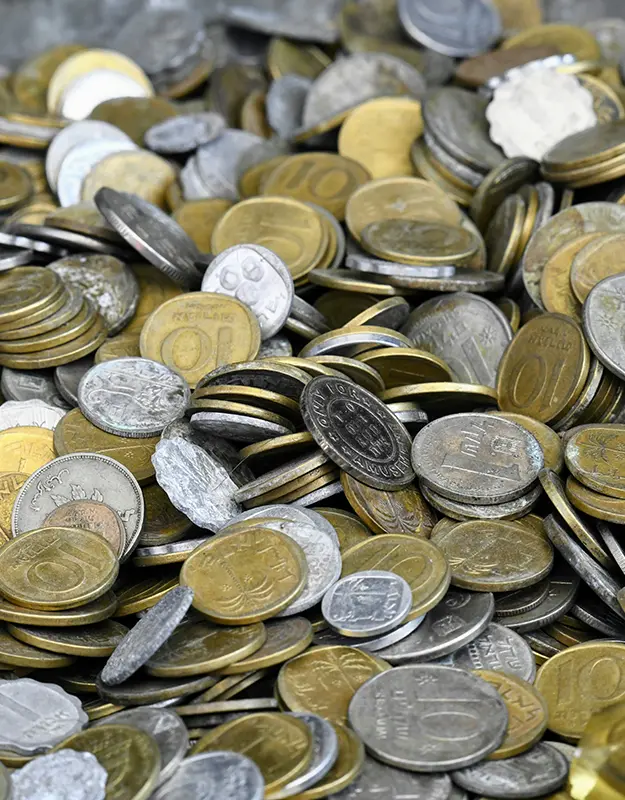
Related Posts


